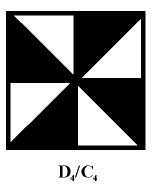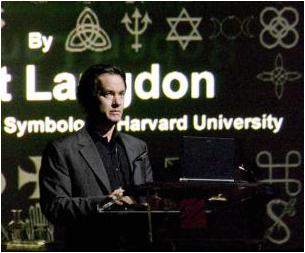Shine On, Robinson Jeffers
"…be in nothing so moderate as in love of man,
a clever servant, insufferable master.
There is the trap that catches noblest spirits,
that caught — they say — God, when he walked on earth."
— Shine, Perishing Republic, by Robinson Jeffers
Robinson Jeffers died at Big Sur, California, on January 20, 1962 — a year to the day after Robert Frost spoke at the Kennedy inauguration.
"The poetry of Robinson Jeffers shines with a diamond's brilliance when he depicts Nature's beauty and magnificence. His verse also flashes with a diamond's hardness when he portrays human pain and folly."
— Gary Suttle
"Praise Him, He hath conferred aesthetic distance
Upon our appetites, and on the bloody
Mess of our birthright, our unseemly need,
Imposed significant form. Through Him the brutes
Enter the pure Euclidean kingdom of number…."
— Howard Nemerov,
Grace To Be Said at the Supermarket
"Across my foundering deck shone
A beacon, an eternal beam. | Flesh fade, and mortal trash
Fáll to the resíduary worm; | world's wildfire, leave but ash:
In a flash, at a trumpet crash,
I am all at once what Christ is |, since he was what I am, and
Thís Jack, jóke, poor pótsherd, | patch, matchwood,
immortal diamond,
Is immortal diamond."
— Gerard Manley Hopkins,
That Nature is a Heraclitean Fire and of the Comfort of the Resurrection
"In the last two weeks, I've been returning to Hopkins. Even in the 'world's wildfire,' he asserts that 'this Jack, joke, poor potsherd, patch, matchwood, immortal diamond,/Is immortal diamond.' A comfort."
— Michael Gerson, head White House speechwriter,
in Vanity Fair, May 2002, page 162
"There's none but truth can stead you. Christ is truth."
— Gerard Manley Hopkins
"The rock cannot be broken. It is the truth."
— Wallace Stevens
"My ghost you needn't look for; it is probably
Here, but a dark one, deep in the granite…."
— Robinson Jeffers, Tor House
On this date in 1993, the inauguration day of William Jefferson Clinton, Audrey Hepburn died.
"…today, the Rock cries out to us, clearly, forcefully…."
— Maya Angelou, January 20, 1993
"So, purposing each moment to retire,
She linger'd still. Meantime, across the moors,
Had come young Porphyro, with heart on fire"
— John Keats, The Eve of St. Agnes (January 20), IX
|

Top view of
ordinary
diamond
|
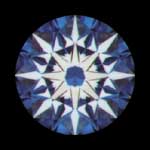
Top view of
Hearts On Fire
diamond
|
Advertising Copy:
What you see with a Hearts On Fire diamond is an unequalled marriage of math and physics, resulting in the world's most perfectly cut diamond.
|
"Eightpointed symmetrical signs are ancient symbols for the Venus goddess or the planet Venus as either the Morning star or the Evening star."
— Symbols.com
"Set me as a seal upon your heart, as a seal upon your arm; for love is strong as death, passion fierce as the grave. Its flashes are flashes of fire, a raging flame."
— Song of Solomon
"The last words from the people in the towers and on the planes, over and over again, were 'I love you.' Over and over again, the message was the same, 'I love you.' …. Perhaps this is the loudest chorus from The Rock: we are learning just how powerful love really is, even in the face of death."
— The Rev. Kenneth E. Kovacs
"Then I'll get on my knees and pray
We don't get fooled again."
— The Who
See also my note, "Bright Star," of October 23, 2002.








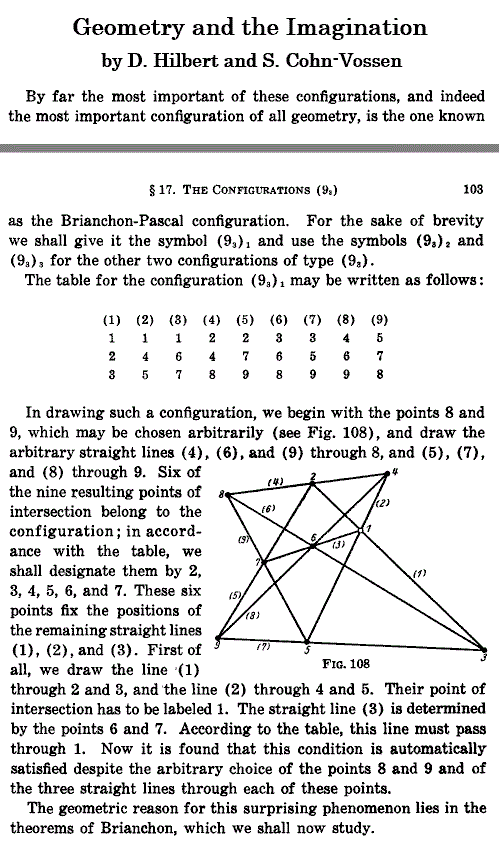
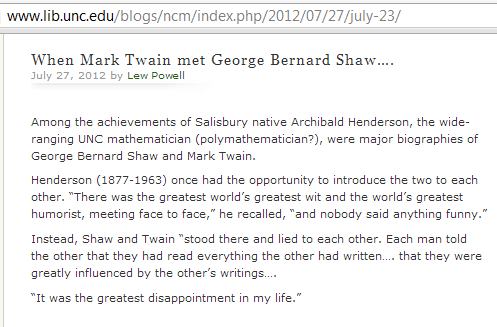


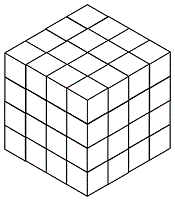



















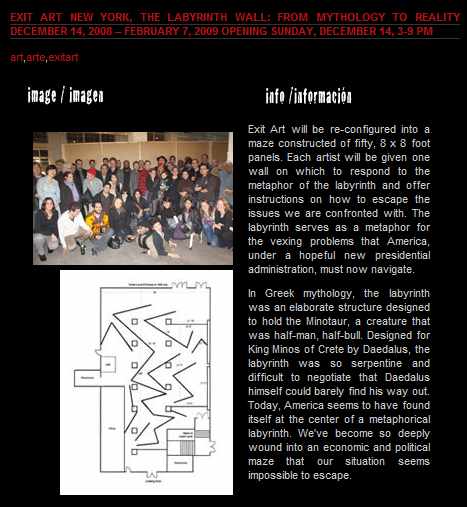








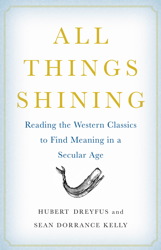



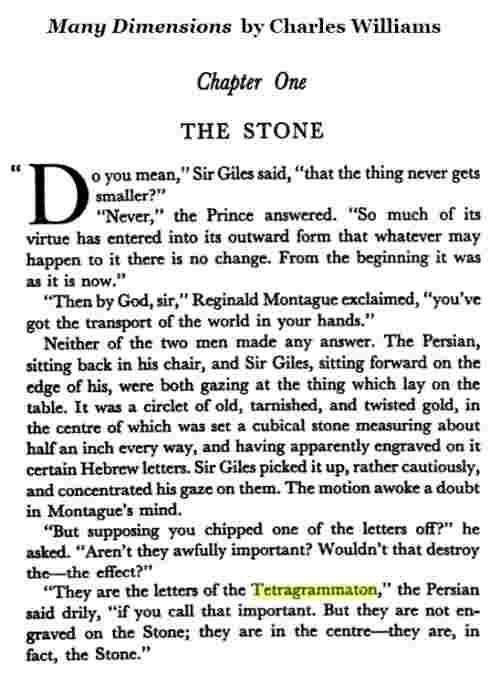
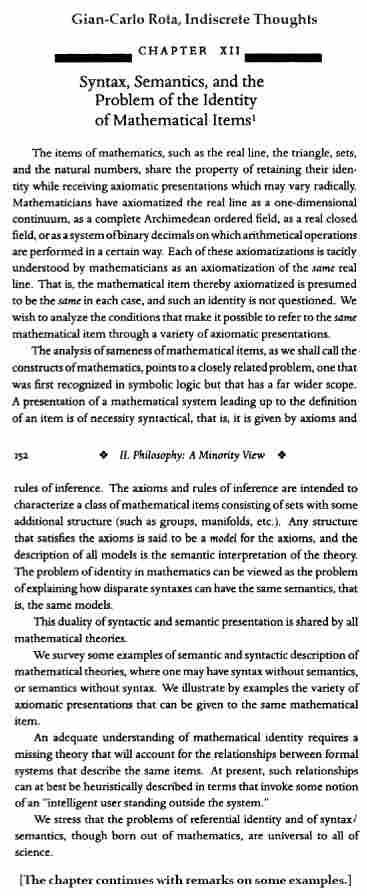






















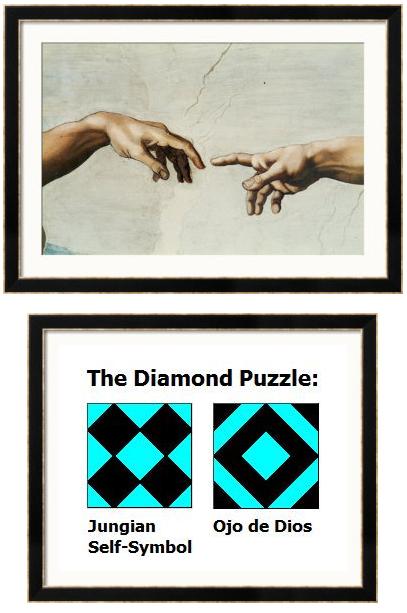






















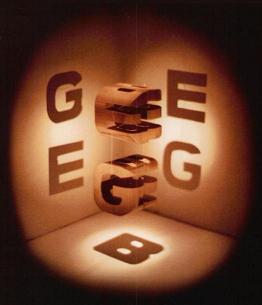 Hofstadter’s cover.
Hofstadter’s cover.




